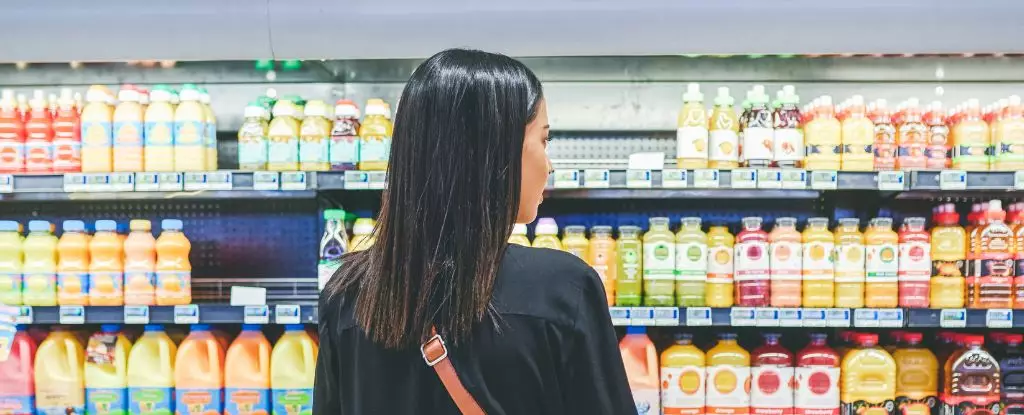Recent findings from France’s food safety agency have ignited a firestorm of concern regarding the contents of our beloved beverages. A study reveals that drinks sold in glass bottles contain a staggering amount of microplastics—far exceeding their plastic counterparts. This can only be deemed a startling revelation for consumers who pride themselves on making responsible choices by opting for glass over plastic. It is a blow to the intuitive notion that glass represents purity while plastic carries the stigma of pollution. The profound implications of this study warrant not just a cursory glance, but active scrutiny and dialogue about the hidden contamination threatening our health.
The Science Behind the Discovery
According to the research, glass-bottled soft drinks, lemonade, iced tea, and beer averaged about 100 microplastic particles per liter—five to fifty times more than what emerged from drinks in plastic bottles or metal cans. While the scientists were initially confounded by these outcomes, further investigation led to a shocking connection: the paint on the caps of glass bottles was responsible for the excessive microplastics. Seemingly innocuous, these caps create microscopic scratches, and if friction in storage sheds tiny particles, we face a grim reality. Is our craving for artisanal, locally bottled drinks misguided by the romanticism surrounding glass, when in fact, it may pose unforeseen risks?
The Health Implications: Still in the Shadows
One of the most troubling aspects of this study is the ongoing absence of concrete evidence linking microplastics to health hazards. For now, it remains a mystery whether the presence of these particles in our beverages is actionable or merely a scientific curiosity. With no established toxic threshold, the ambiguity leaves consumers in a lurch, unarmed to make informed decisions about their drinking habits. True, current research has failed to establish a direct threat; however, the simple possibility of harm should be enough to mandate immediate action and greater scrutiny on what we consume.
A Call for Industry Responsibility
Amidst this maelstorm of uncertainty, the findings point to a clear avenue for industry accountability. Despite the fact that drink manufacturers can significantly mitigate contamination levels—up to 60% reduction through effective cap cleaning methods—the industry has yet to embrace such solutions as a standard practice. It’s disheartening to witness an industry that feigns commitment to sustainability while neglecting to address something as critical as microplastic contamination. As consumers, we have the right to demand transparency and safety in our products. Shouldn’t the goal of any sensible business model be not only to sell but also to protect?
Reassessing Our Consumption Choices
It’s troubling that the allure of glass bottles, often viewed as synonymous with eco-friendliness and health, may be misleading. We need to reflect on our consumption choices seriously. In a world teeming with environmental concerns, consumers often gravitate toward what seems sustainable. As the jovial clinks of glass cascade in cafes, one must ponder: Are we merely contributing to our own detriment? The deeper societal implications of these findings cannot be overstated; consumers, driven by their instincts for health-conscious choices, deserve a clear landscape free from the treachery of hidden contaminants.
The Path Forward: Transparency is Key
As research evolves, we must foster an environment of transparency. The responsibility lies with agencies and manufacturers to communicate openly about the constituents of their products. The findings from ANSES serve as a crucial starting point in a broader discourse about health, safety, and consumption. It highlights the urgent need for regulations that govern not only declaration but also the safety standards for packaging materials. Perhaps it is time for a re-evaluation of safety protocols, not just across France but worldwide as we grapple with an increasingly polluted world.
In light of these revelations, can we really afford to remain complacent? It’s a pivotal moment for consumers, authorities, and industries alike to take a stand for better practices and healthier choices. The time has come to reclaim our health and demand that our drinks not only quench our thirst but also fortify our well-being.


Leave a Reply